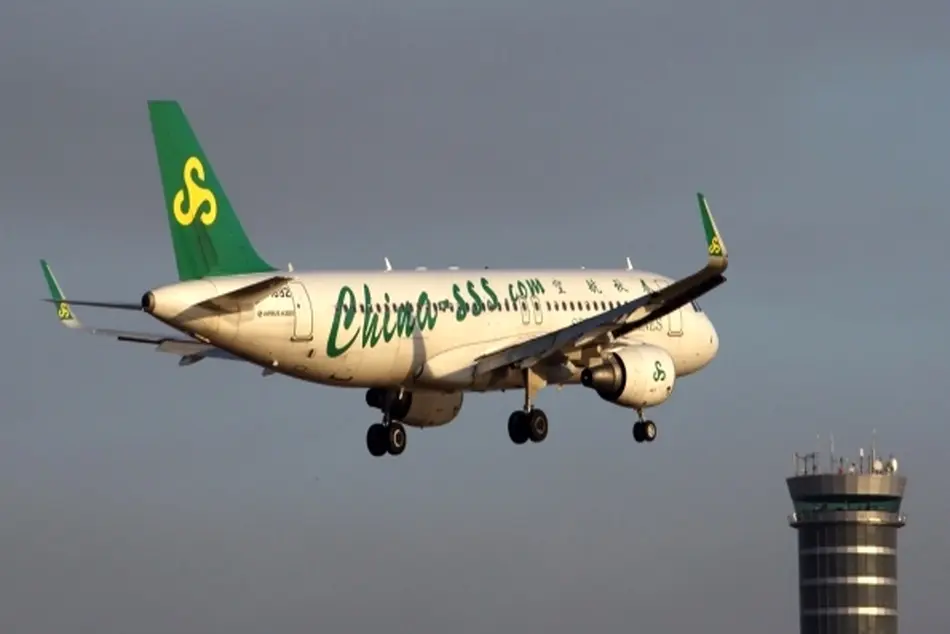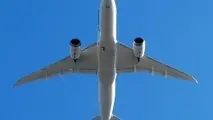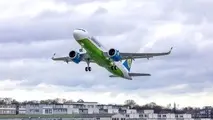Spring Airlines Sees Demand From ‘Lipstick Effect’
HONG KONG—Despite weakened demand in China to travel abroad, Shanghai-based Spring Airlines believes it can benefit from the “lipstick effect” among young Chinese consumers thanks to its unique position in the domestic market as an LCC.

HONG KONG—Despite weakened demand in China to travel abroad, Shanghai-based Spring Airlines believes it can benefit from the “lipstick effect” among young Chinese consumers thanks to its unique position in the domestic market as an LCC.
The term “lipstick effect” is used during economic downturns when price-sensitive consumers are still willing to spend money on small luxuries, such as lipstick, or flights as Spring hopes.
Speaking to Aviation Week at the sidelines of Super Terminal Expo here in Hong Kong, Spring Airlines VP Wuan Zhang says Chinese consumers are willing to fly on LCCs so that they can still travel abroad. Domestic capacity and volume are already beyond 2019 levels, and Zhang expects international numbers to return to pre-pandemic levels by December 2024. Flights abroad could exceed 2019 levels by 10% at the end of 2024, he says.
Zhang says around 60% of Spring’s operations will remain domestic, with 40% allocated to international—the latter focusing solely on Northeast and Southeast Asia. While overseas routes are more profitable, international operations are vulnerable to disruption from geopolitical, social and meteorological upheaval. Therefore, it is crucial for Spring to maintain its core domestic routes, he says.
Spring is China’s largest LCC with 129 Airbus A320- and A320neo-family aircraft in service and 14 more neos on order. Zhang says there are no plans to acquire long-range or extra-long-range variants of the A321neo as the company’s ethos is to remain focused on its core strengths and not venture into unfamiliar territory pursued by competitor airlines.
Zhang says Spring likes to distinguish itself from the domestic high-speed rail network, operating longer routes averaging around 1,200 km (745 mi.) and avoiding getting caught up with the competition.



